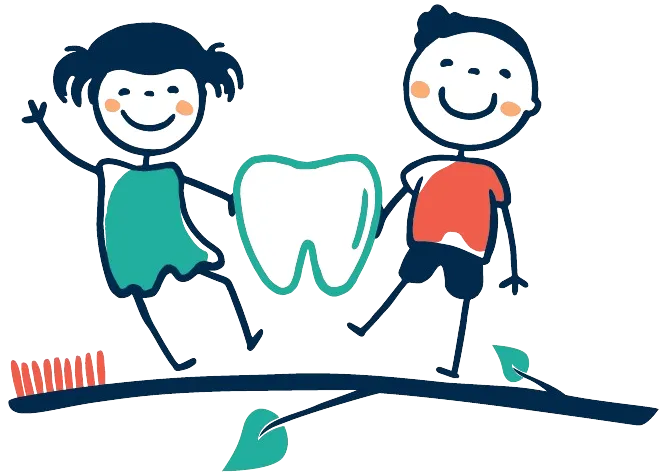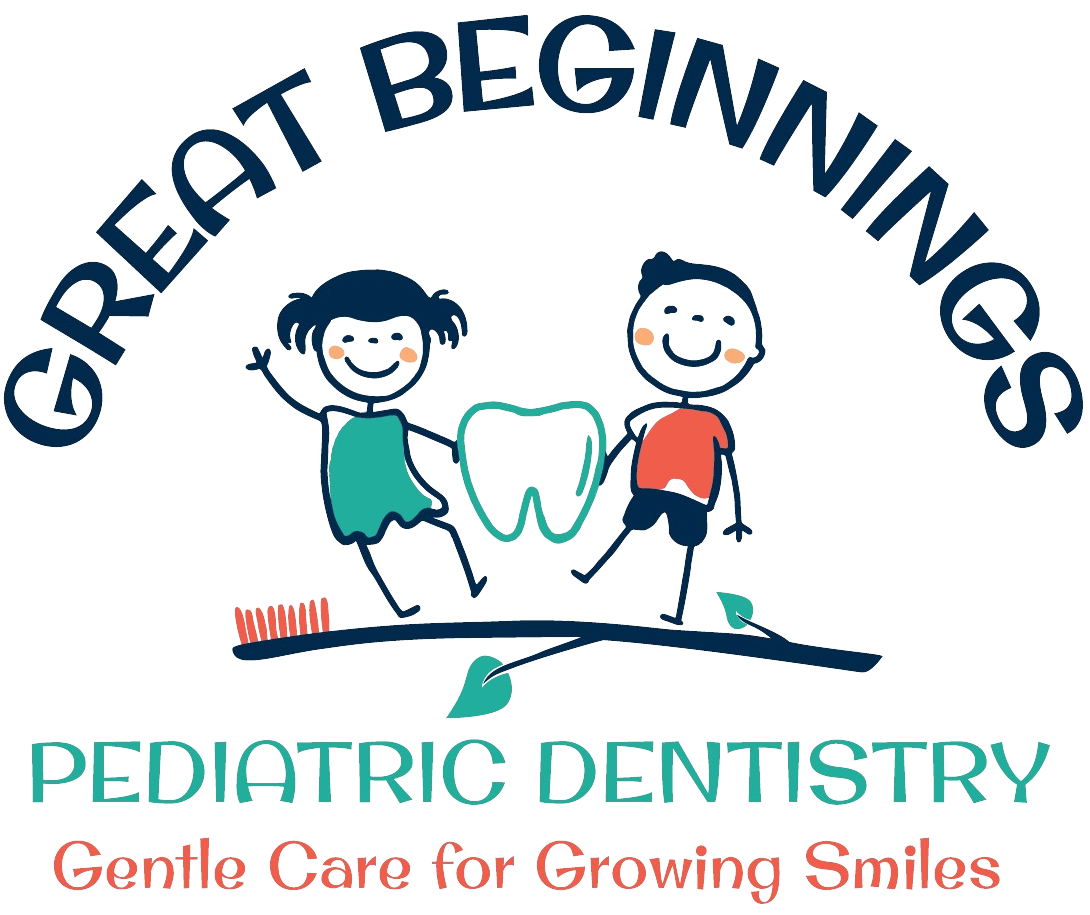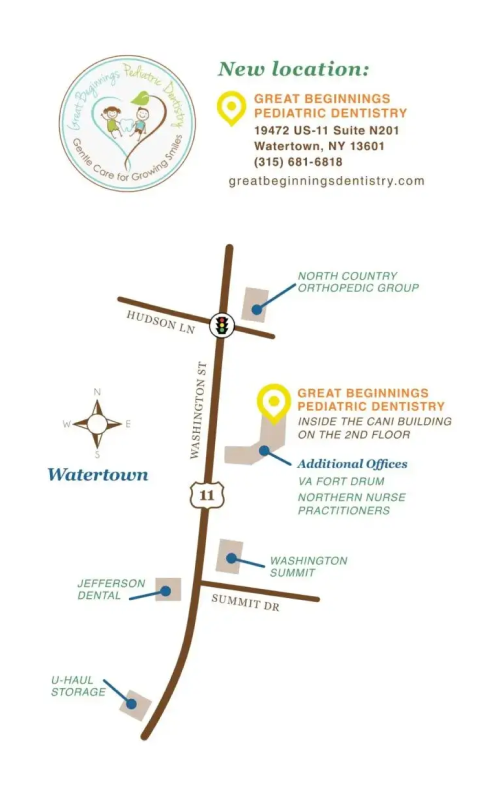Child Orthodontics
Are you considering orthodontic treatment for your child? You have come to the right place. Our parent’s guide to child orthodontics will help you understand how the process works.
A Complete Guide to Child Orthodontics
Orthodontic treatment can be a crucial part of your child’s oral health care. The beautiful smile that results from child orthodontic treatment is the outward sign of good oral health, and sets the stage for a lifetime of healthy teeth.
- Understanding Early Check-Ups
The American Association of Orthodontists (AAO) recommends children get their first orthodontic check–up either at the first recognition of an orthodontic problem or at age 7.
Around that age, children have a mix of baby (primary) teeth and permanent teeth. An examination at this age gives the child dentist a wealth of information. If a problem exists, or if one is developing, your dentist is able to advise you on which treatment is recommended, when it should begin, and estimate length.
- Signs Your Child May Need Orthodontic Care
-
Early or Late Loss of Baby Teeth: Although there are ranges of normal variation, losing baby teeth too early or too late can create problems with the permanent ones that should replace them. A child orthodontist is an expert in recognizing and treating adverse variations.
- Difficulty Chewing or Biting: Eating should not hurt. Although there is discomfort associated with “teething,” painful chewing may indicate there are orthodontic problems that should be addressed.
- Mouth Breathing: Although orthodontists cannot correct mouth breathing, there are orthodontic problems that can develop as a result of this pattern of breathing which can be addressed and corrected by an orthodontist.
-
Jaws Shifting or Clicking: Shifting of the lower jaw due to a bite problem can lead to jaw pain and other dental consequences. Orthodontists are experts in evaluating how your teeth come together and can make sure they’re properly aligned.
- Cheek Biting: In a normal bite, the outer cusps of the upper teeth hold the cheeks away from the lower chewing surfaces. If your child is constantly biting their cheeks, they may have a crossbite or other condition that is preventing normal chewing.
- Facial Imbalance: The appearance of the lips, chin, and other facial features are affected by the underlying teeth and jaws. Orthodontists are experts in evaluating the relationship between the teeth, jaws, and the face.
- The First Exam
As stated above, we recommend that children have their first check–up with an orthodontist no later than age 7. By that age, a child will have a mix of baby and permanent teeth, and the orthodontist will be able to recognize orthodontic problems (“malocclusions“) even in their earliest stages.
Five essential questions are generally covered during the first exam:
-
Is there an orthodontic problem, and if so, what is it?
-
What are the options to correct the problem?
-
Is there a possibility teeth will need to be removed?
-
How long is the recommended treatment expected to take?
-
How much will the recommended treatment cost?
- Stages of Orthodontic Treatment - Each Phase Explained
When you see a small child wearing braces or dental appliances, she likely has a two-phase orthodontic treatment plan. This is a special treatment option that is usually available only to children in cases where early orthodontic intervention will reduce the amount of work needed during treatment in adolescence.
As the name suggests, two-phase orthodontic treatment involves two rounds of treatment with orthodontics. The initial phase (Phase I) helps guide the growth of the jaw and teeth while the child still has primary teeth. An observation phase follows where the orthodontist monitors the child’s dental development for approximately one to three years while waiting for all the primary teeth to fall out. The second phase (Phase II) of treatment with braces takes place after the child’s permanent teeth have grown in.
What is the advantage of two-phase orthodontic treatment?
- Two-phase orthodontic treatment is a specialized process that combines tooth straightening and physical, facial changes, while the jaw and other bones are rapidly growing. The purpose of two- phase treatment is to maximize the opportunity to accomplish an ideal, healthy, functional, and aesthetic result that will remain stable throughout your child’s life.
What if treatment is put off?
- When a two-phase plan is indicated, putting off treatment might result in a need for more invasive treatment later in life which may not completely fix your child’s smile. Early treatment can often be most effective for achieving lasting results.
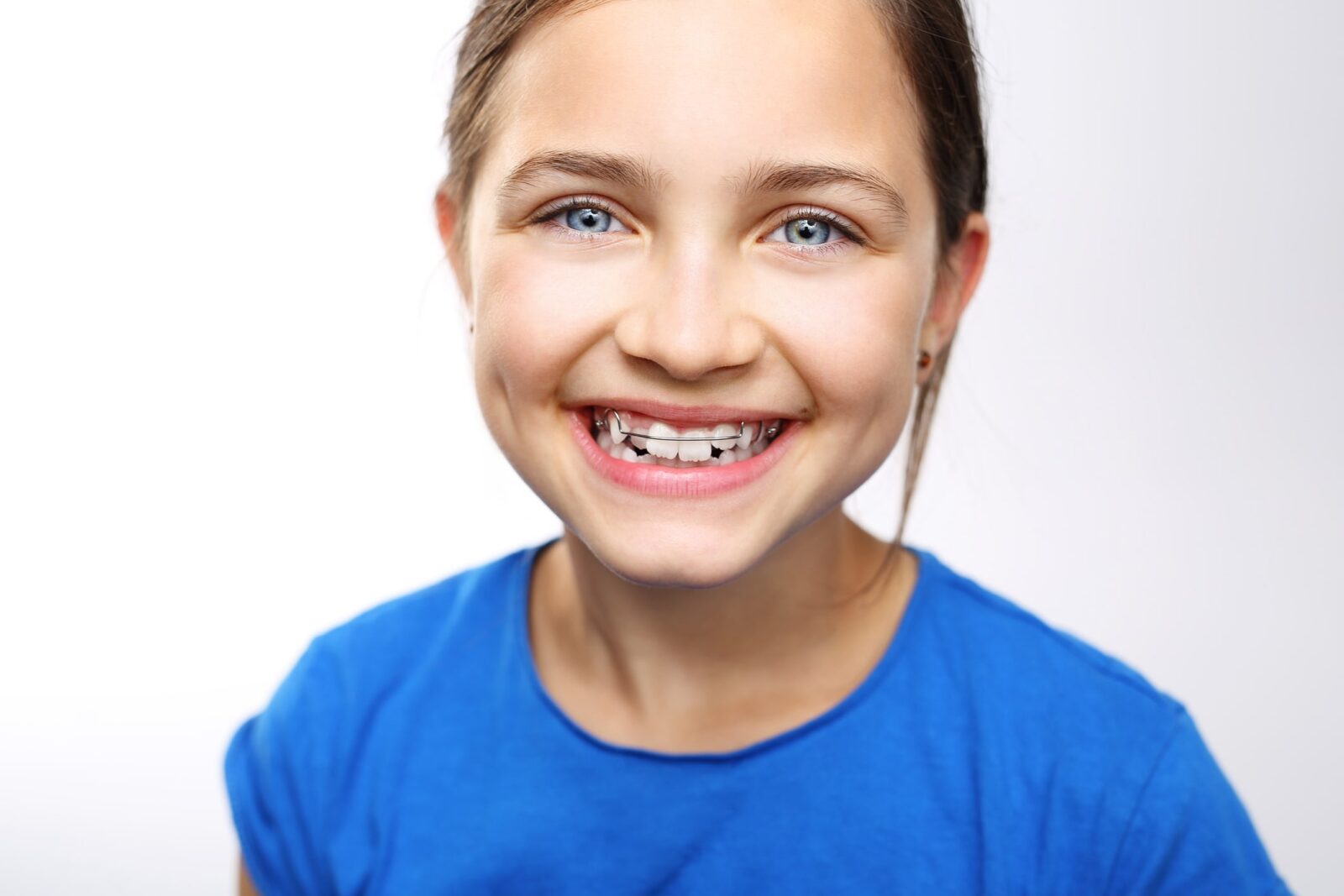
Phase One (Interceptive Orthodontic Treatment)
A Foundation for a Lifetime of Beautiful Smiles
The goal of Phase–One treatment is to help the jaw develop in a way that will accommodate all the permanent teeth and improve the way the upper and lower jaws fit together. Children often exhibit early signs of jaw problems as they grow and develop. An upper jaw that is growing too much or is too narrow can be recognized at an early age.
If children over the age of six are found to have this jaw discrepancy, they may be candidates for early orthodontic treatment. Also, if children around the age of eight have crowded front teeth, early treatment may prevent the need to extract permanent teeth later.
-
Planning now can save your child’s smile later
Some children benefit tremendously from early–phase treatment. Receiving early treatment may prevent the removal of permanent teeth later in life, or the need for surgical procedures to realign the jaws.
-
Making records to determine your child’s unique treatment
Orthodontic records will be necessary to determine the type ofappliances to be used, the duration of treatment time, and the frequency of visits. Records may consist of models of the teeth, X–rays, and photographs. During your son or daughter’s initial consultation, Dr. Willes will take records to determine if early treatment is necessary.
Resting Period
In this phase, the remaining permanent teeth are left alone as they erupt. Retaining devices may not be recommended if they would interfere with eruption. It is best to allow the existing permanent teeth some freedom of movement.
At the end of the first phase of treatment, teeth are not in their final positions. This will be determined and accomplished in the second phase of treatment. Selective removal of certain primary (baby) teeth may be in the best interest of enhancing eruption during this resting phase. Therefore, periodic recall appointments for observation are necessary, usually on a six-month basis.
A successful first phase will have created room for permanent teeth to find an eruption path. Otherwise, they may become impacted or severely displaced.
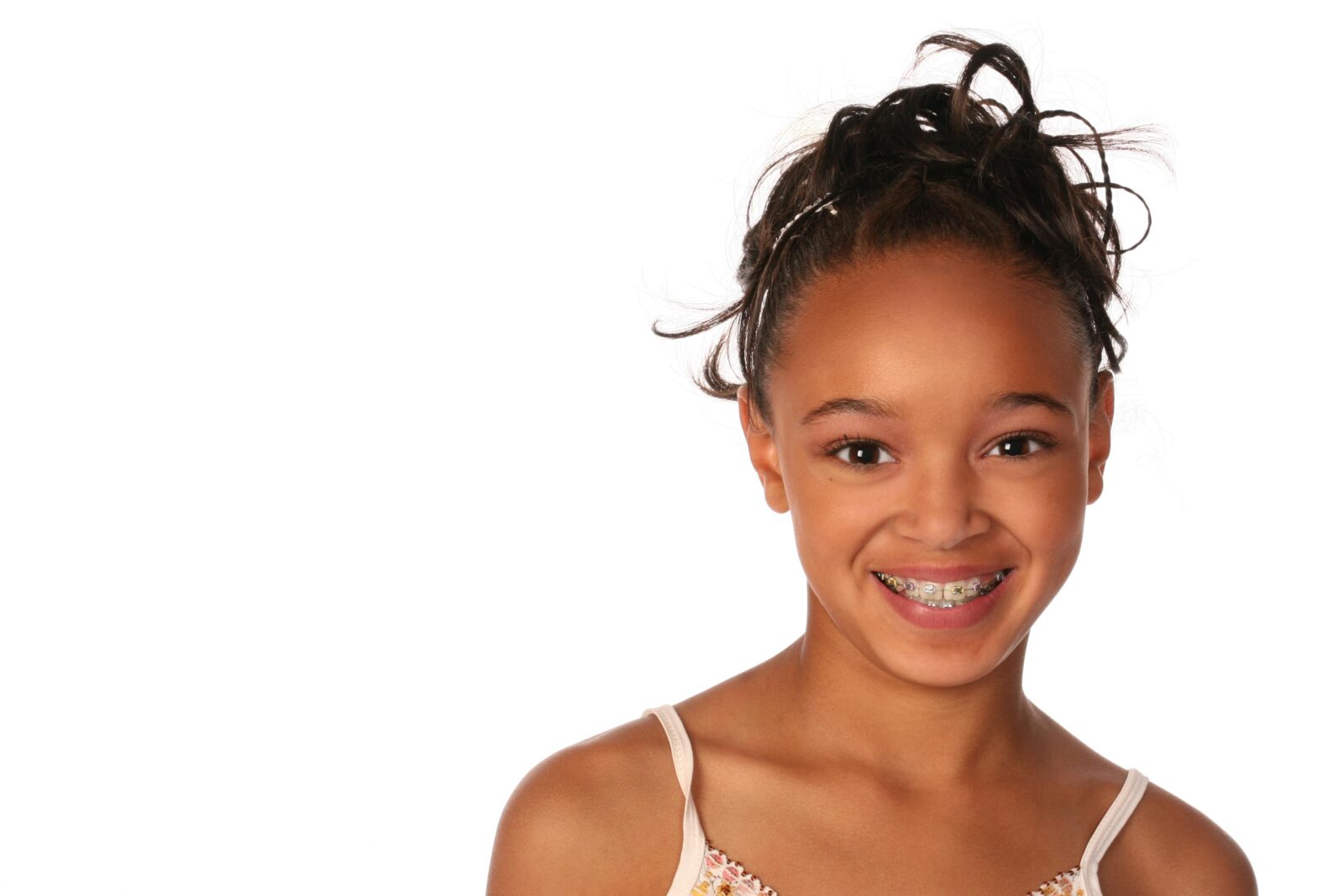
Phase Two (Comprehensive Orthodontic Treatment)
Stay healthy and look attractive
The goal of the second phase is to make sure each tooth has an exact location in the mouth where it is in harmony with the lips, cheeks, tongue, and other teeth. When this equilibrium is established, the teeth will function together properly. Phase Two usually involves full upper and lower braces.
The second phase begins when all permanent teeth have erupted, and usually requires braces on all the teeth for an average of 12 to 18 months. Retainers are worn after this phase to ensure your child retains his or her beautiful smile.

